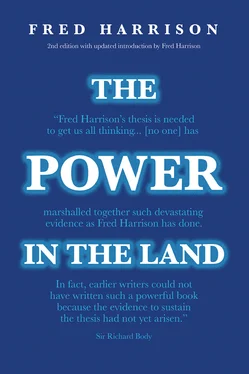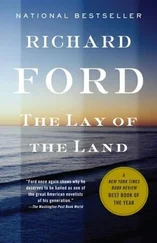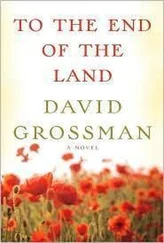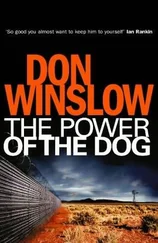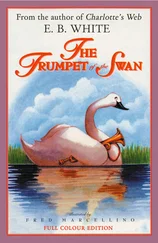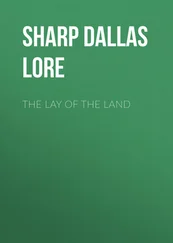Finally, consider the money and stock markets. At certain times, principally near the top end of the land value cycle, when people are gripped by speculation mania, the bidding for money to buy land pushes up the rate of interest. This makes it difficult to borrow to finance the formation of new machines on which people rely for new jobs and wealth. Institutions seeking to attract depositors’ funds to invest in land force others to raise their interest rates in order to remain competitive. Building societies are an example of this, and as a result low-income earners experience greater difficulty in obtaining mortgages. Speculation in share prices on the stock exchange in the hope of capital gains, on the other hand, reduces the cost of finance to firms, so directly encouraging investment. 24
Thus, we begin to see that land speculation is a unique economic phenomenon, deriving its power from the ability to play a passive, wait-and-see game, capable of yielding enormous fortunes for shrewd dealers who, as land monopolists, do not contribute anything to the wealth of nations; a power which gives it the ability to inflict severe wounds on the active agents of the wealth-creating process, the workers and their accumulated savings (capital).
Notes
1The Owen plan was opposed by, among others, Henry Brougham, on the grounds that the real problem was over-population — the poor, it seemed, bred too fast for production to keep up with fertility! See B. Gordon, Political Economy in Parliament 1819-1823, London: Macmillan, 1976, p.65.
2Socialist planning does not admit of industrial crises. While Menshikov is happy to describe postwar economic recessions in the capitalist West as ‘crises’, his colleague Khachaturov will only admit of ‘minimum efficiency years’ in the USSR — and even then the national income is held to be ‘less than normal owing to poor harvests’. Who can plan the weather? See S. Menshikov, The Economic Cycle: Postwar Developments, Moscow: Progress Publishers, 1975, and T. Khachaturov, The Economy of the Soviet Union Today , Moscow: Progress Publishers, 1977, p.337.
3 Capital, Vol. I, op. cit ., p. 580.
4 Progress and Poverty , op. cit., p. 264.
5 Ibid.
6S. Kuznets, Capital in the American Economy, Princeton University Press, 1961.
7G. F. Warren and F. A. Pearson, World Prices and the Building Industry, New York: John Wiley & Sons, 1937, p.97; R.C.O. Matthews, The Trade Cycle, Cambridge University Press, 1959, p.214, n.1; and A. Shonfield, Modern Capitalism, London: Oxford University Press, 1969, pp.21, n.1 and 28.
8 Op. cit., p.424.
9H. Hoyt, One Hundred Years of Land Values in Chicago, University of Chicago Press, 1933.
10H. Hoyt, ‘The Urban Real Estate Cycle — Performances and Prospects’, in Urban Land Institute Technical Bulletin No. 38, June 1950, pp. 7-8, and Warren and Pearson, op. cit., p. 151, Table 4.
11For a discussion on the distorting influence of the World Wars, see Shonfield, op. cit., p. 27.
12Thompson, ‘The Land Market’, op. cit., p.47.
13D.J.J. Botha, Urban Taxation and Land Use, Report of a one-man Commission appointed by the City Council of Port Elizabeth, South Africa, 1970, p.23.
14B.Jordan, ‘“Abandoned” Madrid plot worth £5m’, Financial Weekly, 13.6.80.
15Whatever the motives of the owners, of course, the disruptive effects on the economy are still the same. Madrid, for example, was obliged to urbanise around the vacant site, which meant that rural land was developed needlessly and people were forced to commute to the city that bit further than was necessary.
16H.J. Brown, R.S. Phillips and N. A. Roberts, ‘Land Into Cities’, Cambridge, Mass.: Lincoln Institute of Land Policy, 1980, mimeo.
17Brown et al ., ‘Land Ownership and Market Dynamics at the Urban Periphery: Implications for Land Policy Design and Implementation’, World Congress on Land Policy 1980, editors: M. Cullen and S. Woolery, Lexington, Mass.: Lexington Books, 1982, p. 131.
18M. M. Bruton and A. Gore, ‘Vacant Urban Land in South Wales’, Cardiff: Dept, of Town Planning, University of Wales Institute of Science and Technology, Vol. 1, p.74.
19‘The Strange Leveling Off in Land’, Fortune, Oct. 1963, p. 124, which notes (p. 128): ‘True, most US real estate is bought with borrowed money, and the speculative land buyer must pay stiff interest rates, but these will hardly prompt a cut-price sale so long as the land increases in value without a lift of the owner’s finger’.
20G. D. H. Cole, ‘Capitalism’, A Dictionary of the Social Sciences , editors: J. Gould and W. L. Kolb, London: Tavistock Publications, 1964.
21‘We conclude that it is meaningful to distinguish two income shares, which we have termed employment (labour) and property income; that this distinction bears considerable similarity to the Marxian and neo-Keynesian classification of income by class shares, but much less resemblance to neo-classical concepts of “factor shares”.’ J.King and P. Regan, Relative Income Shares, London: Macmillan, 1976, p.14.
22Matthews, op. cit., p. 93.
23 Ibid., p.273.
24 Ibid., p.61.
Конец ознакомительного фрагмента.
Текст предоставлен ООО «ЛитРес».
Прочитайте эту книгу целиком, купив полную легальную версию на ЛитРес.
Безопасно оплатить книгу можно банковской картой Visa, MasterCard, Maestro, со счета мобильного телефона, с платежного терминала, в салоне МТС или Связной, через PayPal, WebMoney, Яндекс.Деньги, QIWI Кошелек, бонусными картами или другим удобным Вам способом.
